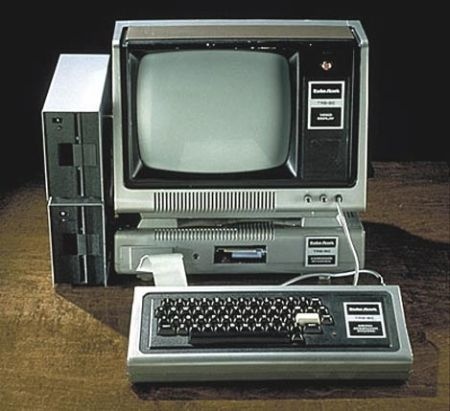Tips For Buying Computer Ram
 Understanding the System
Understanding the System
Before you purchase RAM, you have to first look at the motherboard specification of your computer system for the type of additional RAM you can use. Most motherboards are manufactured in such a way that they can work well with a number of RAM modules. In fact, you will find a list of RAM modules that has been tested with your motherboard in your PC manual itself. Your computer model number can also help you find an appropriate RAM module. If you still don’t have the list, you can use memory tools, which are available online, to find the memory modules that may be compatible with your motherboard.
Adding more RAM
Since the speed and performance of your computer is directly related to the amount of RAM you have in your system, its better to have more of RAM rather than less of it. For example, a system running Windows 2000 or XP must have a minimum of 512 MB RAM but it’s always better to have 1 GB or more of RAM for an effective performance. So, its better not to compromise on the quantum of RAM required for your computer.
Even in the case of new computer systems, it is always advisable to add extra RAM as a pre-built computer comes with less RAM not enough for an optimal performance of the system.
Deciding the Manufacturer
When you decide to purchase RAM, you have to make sure that you purchase the different RAM modules from the same manufacturer. If you purchase the modules from different manufacturers, they may or may not be compatible. By using modules from the same manufacturer, you can match their speeds with your existing motherboard to achieve an efficient system performance.
So, be sure to select the best compatible RAM for your computer for an enhanced performance and output.
